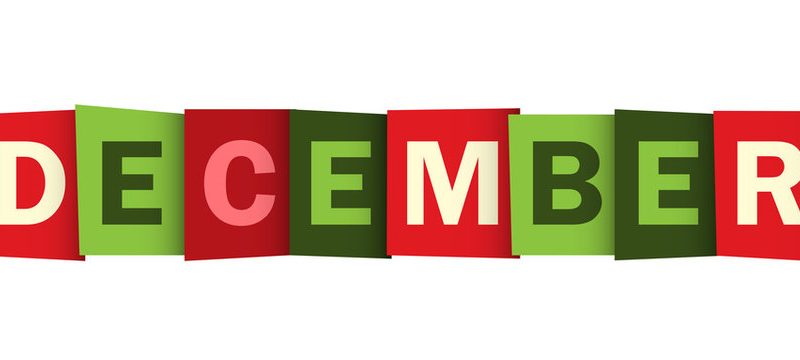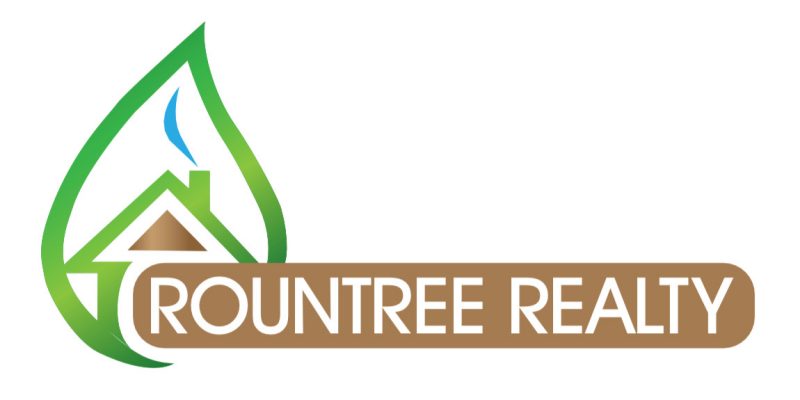While we may lead busy lives, helping the community is something that we should always make time for.
Volunteering is a great way to connect with people and could include donating money, supplies, time, or resources. Here is a list of some organizations that can always use help:
- United Way of Marion County
- March of Dimes – Marion County
- Foster Florida
- Arnette House
- Humane Society of Marion County
A simple act of kindness also goes a long way. Bake some cookies for your neighbors, pay for someones order in the drive thru, hold the door open for the person behind you, tip your servers well at restaurants, or even just a smile can make someones day better. Show some kindness during this holiday season because you never know what a difference it could make it another persons life.







